#puppytraining
Photo

Just taking a nap after eating all the strawberry jam via
Submitted March 20, 2020 at 08:11AM by Sahil1200, Poop4U
#meme#dogmeme#funny#doglover#dog#dogs#pet#pets#cute dog#my doggo#poop4u#puppy doggo#puppies#puppy dog#bee and puppycat#puppyoftheday#puppytraining#puppy picture#puppy smiles#puppy lov#pupp#puppygram#puppy pictures#puppylife#tuff puppy#puppy#puppers#dogsofinstaworld#cats dogs#doggolove
740 notes
·
View notes
Text
How to Properly Socialize Your Dog

Socializing a puppy is a lot like drumming up friends of your own: The more you mingle, the more progress you make. Introduce a puppy to all the new things you can (people, places and other animals). When a puppy isn't exposed to new things, social development may become stunted or, worse, regress. The goal of socializing is a confident, outgoing dog that isn't shy or aggressive.
Practice Safe Socialization
"But wait!" you say. "What about disease? My veterinarian told me to keep my puppy at home until his last puppy shot. And you're saying I should go out? Is that safe?"
Your veterinarian is right: Your puppy is at risk of contracting diseases from other dogs before his full immunity is in place. This is why you shouldn't go anywhere where dogs you do not know hang out — parks, dog events or pet stores — until your veterinarian gives the go-ahead. But that doesn't mean you should leave your puppy at home.
Use common sense. Plan safe outings. Take a puppy class: Good trainers know the risks and work to minimize them by keeping the training area sanitized.
Impart a Life-Saving Skill Set
Why take any chances at all? An unsocialized dog — whether fearful or aggressive — is at a higher risk of ending up in a shelter with little chance at being adopted again. Some experts argue that, in the long run, behavior problems kill more dogs than parvovirus does. Perhaps that puts the importance of proper and safe socialization into perspective.
Limit the Paw-Holding
Unlike wolves or coyotes, dogs are genetically predisposed to become part of human society, but it's not always easy. So socialize, and remember that the world is full of scary things, especially to a little puppy. At times, even the boldest of them may become paralyzed with uncertainty, especially when faced with something they have never seen before.
Your response to this fear is very important. Don't soothe your pup. Petting him and saying, "It's OK, baby" (or something similar) gives your puppy the idea that being scared is OK and that you're rewarding him for the behavior. Instead, be matter-of-fact and encouraging. Let him work it out, and when he takes that step forward, praise him for his courage.
10 notes
·
View notes
Text
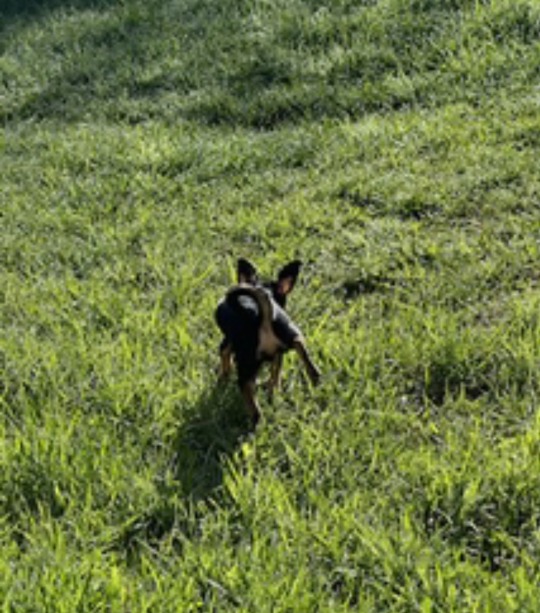
Taco joined the big boy club yesterday for the first time, such a big boy now ah ha ha!
😉(going p like a boy)/\(proud mama)
#puppies#dogs#puppytraining#maturity#growing#photography#summer#sunshine#chihuahua#chihuahualife#spoiled#pampered#blessed
2 notes
·
View notes
Photo
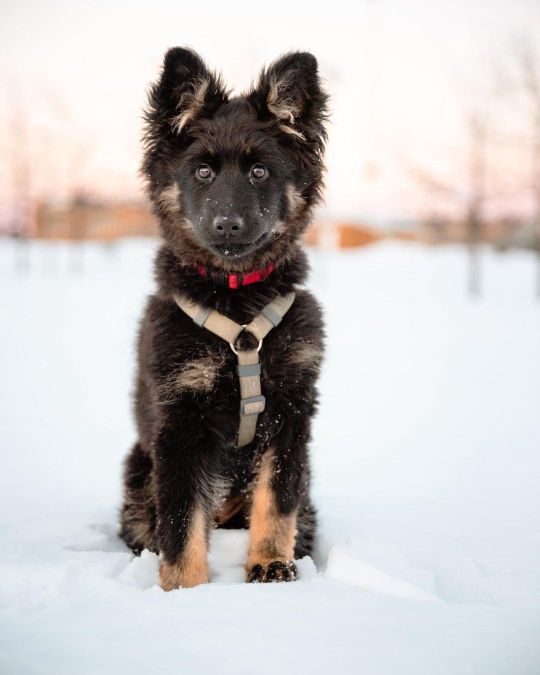
We went to visit the airport today! Izzie did so good, got to experience a lot of new things and made a bunch of new hooman-frens! 😏❤️ . . . . . . . . #chodskypes #chodskýpes #chodskypesnorway #bohemianshepherd #valp #puppy #puppylove #puppygram #puppydog #puppyoftheday #puppylife #puppytraining #valpetrening #hund #hundinorge #hundpåinstagram #liveterbestmedhund #norskkennelklub #dogoftheday #dailyfluff #dogsofnorway #dogsofinsta #dogslife #dogstagram #dogsofinstaworld #barked #bestwoof #hundefoto (ved Gardermoen) https://www.instagram.com/p/CpQi59HI_4a/?igshid=NGJjMDIxMWI=
#chodskypes#chodskýpes#chodskypesnorway#bohemianshepherd#valp#puppy#puppylove#puppygram#puppydog#puppyoftheday#puppylife#puppytraining#valpetrening#hund#hundinorge#hundpåinstagram#liveterbestmedhund#norskkennelklub#dogoftheday#dailyfluff#dogsofnorway#dogsofinsta#dogslife#dogstagram#dogsofinstaworld#barked#bestwoof#hundefoto
2 notes
·
View notes
Text
Solving Dog Problems
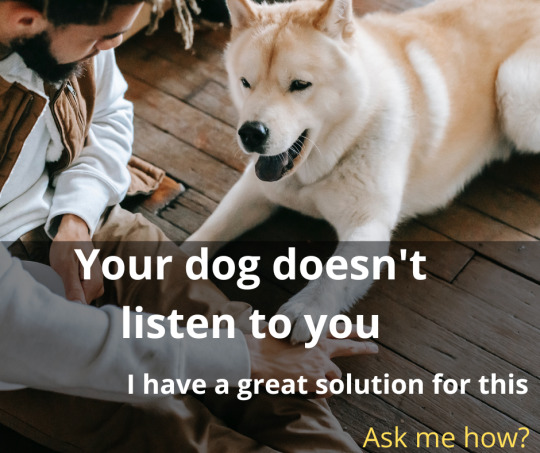
Have you ever been enjoying a walk with your dog when suddenly you are almost tripped by Fido or Fifi unexpectedly crossing in front of you? Not only is it unpleasant, but crossing in front of you like this is dangerous for both you and your dog. Luckily it is fairly easy to teach your dog to stay on one side of you and not to switch sides.
I feel that it is works best to teach your dog leash manners when using a 6 foot leash (not a Flexi-type) and a no-pull harness if your dog pulls.
The first thing to do is decide which side of you that you would like your dog to walk. Then, as your dog is walking on the leash reward him any time he happens to be on your chosen side by saying "yes" or "good" and feeding him a treat right by your side.
Be very careful to feed the treat by your side and not to feed the treat in front of you as that will encourage crossing in front.
While walking your dog, be careful to watch him, and as soon as he starts to cross in front of you, use your leash to prevent him from crossing, and stomp your feet to make your presence known.
Consistently rewarding your dog for being on your preferred side and preventing him from crossing in front by using the leash and by stomping your feet should help teach your dog to stop crossing in front of you and lead to safer and more pleasant walks. Enjoy!
Click here for more ---Click here tips on training
#dogtrainer#dogtraining#zakgeorge#dogtrainingrevolution#positivedogtraining#balanceddogtraining#forcefreedogtraining#dogtraining101#puppytraining#puppytrainingadvice#puppytrainingtips#puppytraining101#realitydogtraining#dogtrainingadvice#dogtrainingtips#howtotrainyourdog#dogsofinstagram#dogstagram#ilovemydog#dog#dog training#cute dog#doglover#doglife
2 notes
·
View notes
Text
#pets#baby animals#pet toys#pet training#BestDogToys#DogTrainingTools#DogToys#DogTraining#PuppyToys#DogAccessories#InteractiveDogToys#ToughDogToys#MentalStimulation#PuppyTraining#DogChewToys#DogBehavior#DogPlaytime#DogEnrichment#DogMentalHealth#DogTreats
2 notes
·
View notes
Text
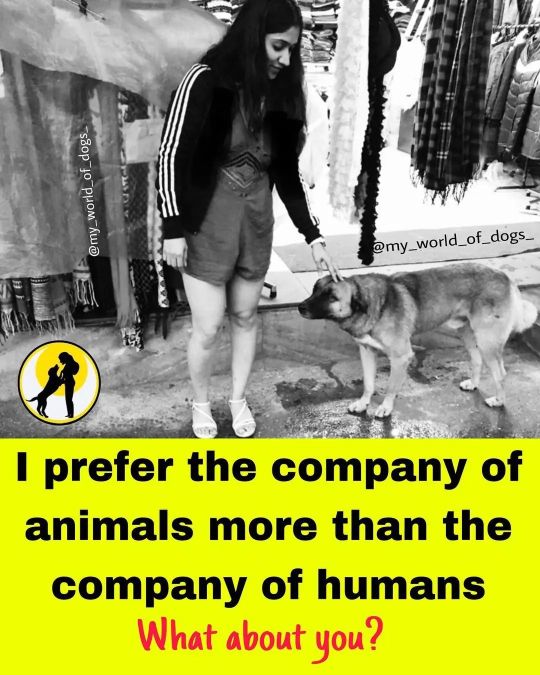
If Your dog -
🐶doesn't listen to you
🐶barks uncontrollably
🐶is aggresive
🐶is jumping up
🐶And so on...
Want to know the solutions
Click here
#dogtraining#train your dog#dog toy#dog training#dogstagram#puppytraining#puppylife#puppy barks#train of thought
3 notes
·
View notes
Text
Australian Puppy

Charlie did not like puppy pad training…but sometimes we gotta do what we gotta do 😂
#puppies#aussiepuppy#aussie#animals#dogs#pets#cute#baby animals#chaussiebear#australian shepherd#aussiedogs#blue merle#cute puppy#puppytraining#dogs of tumblr#dogmom#puppiesofinstagram#dog lovers#petlovers
4 notes
·
View notes
Text
“Dogs do speak, but only to those who know how to listen.”
#dogtraining#dogsofinstagram#dog#dogs#dogtrainer#k#puppy#dogstagram#doglife#doglover#dogoftheday#doglovers#puppytraining#training#instadog#workingdog#puppylove#dogtrainingtips#dogsofinsta#puppiesofinstagram#dogphotography#germanshepherd#happydog#doggo#dogslife#obediencetraining#puppies#instagram#love#gsd
2 notes
·
View notes
Text
Developing Your Dog’s Social Skills
As a pet owner, you want your dog to interact well with other people and with other dogs. Socializing your dog is an important step in his development and in helping him become a good citizen.
Form Positive Associations
In many shelters, a big part of getting dogs and puppies ready for the adoption floor is having volunteers and staffers play with them. That's because play - even something as simple as fetch - helps socialize dogs and gives them positive associations with people.
Socializing with Other Dogs
When it comes to socializing your dog with other dogs, proceed with caution. Puppies usually love to be around other puppies, but some adult dogs that haven't been socialized adequately at an earlier age may find the pressure to play with other dogs stressful. If you bring your dog to a place full of other dogs, at first it may be best to keep him close to you and reward him for sitting quietly while other dogs pass by.
LEARN MORE CLICK HERE
#dogtrainingadvice#dogbehaviour#puppytraining#puppytrain#doglanguage#puppytrainingclass#puppytrainer#dogproblems#dogtrainingvideo#dogtrainersofinstagram#puppytrainingtips#dogtraining101#dogtrainerlife
2 notes
·
View notes
Photo

My little taxi driver via
Submitted March 20, 2020 at 10:36AM by Nerfect_Pobody90, Poop4U
#meme#dogmeme#funny#doglover#dog#dogs#pet#pets#cute dog#my doggo#poop4u#puppy doggo#puppies#puppy dog#bee and puppycat#puppyoftheday#puppytraining#puppy picture#puppy smiles#puppy lov#pupp#puppygram#puppy pictures#puppylife#tuff puppy#puppy#puppers#dogsofinstaworld#cats dogs#doggolove
472 notes
·
View notes
Text
Puppy Training “Come Command”
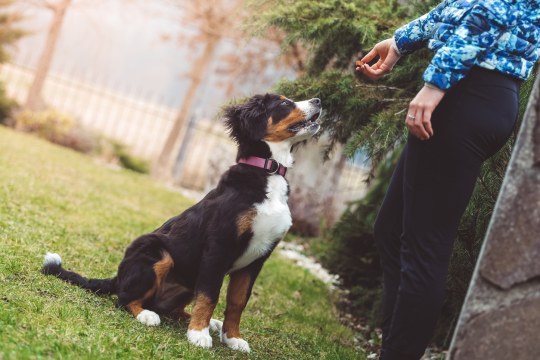
Teaching a puppy to “come” on command is a very difficult but important task. Start early because a puppy that will come when called is safer! In addition, most young puppies do not like to stray too far from their owners. All it takes is a kneeling owner and a happy “come” command, and your young puppy may willingly approach (without the need for any food or toy prompt). Similarly, most young puppies will automatically come and follow as you walk away.
However, by 3 to 4 months of age, as puppies become a little more independent and exploratory, more appealing rewards may be needed. The two most important rules about teaching your puppy to come to you are to set up the puppy for success (so that you never fail) and to ensure that each training session is simple, fun and pleasurable.
Start by backing away from your puppy 1 to 3 feet and wiggle a food treat or a favored toy (prompt) in front of its nose. At the same time say the puppy's name and “come.” Use a happy inviting tone of voice. When your puppy comes to you, praise it lavishly and give the treat or toy. Then repeat.
Start by only moving short distances, and then gradually have the puppy come further to reach you. Reinforce this task by calling your puppy multiple times daily, giving a pat or a food treat and sending it on its way. Try to avoid only calling the puppy to you to bring it inside, to put it in its crate or to otherwise end something fun. Be sure to spend time calling the puppy over and then releasing it; this will help the puppy learn that by coming to you, good things happen. Remember it is critical to succeed with every training session. Stay close to the puppy, make certain that there are no distractions and proceed slowly.
Over time, the puppy should be very slowly taught to come from progressively farther distances and in environments with a greater number of distractions. If there is any chance that the puppy might escape or disobey, have the puppy wear a long remote leash (which can be left dangling as the puppy wanders and investigates). Then if the puppy does not immediately obey the “come” command, a gentle tug of the leash can be used to get the puppy’s attention, and a repeated command in an upbeat, happy voice (along with a food or toy prompt) should ensure that the “come” command is successful and rewarding.
#dog training#puppy training#come commend#teaching dog to come#dogtraining#comecommand#puppytraining
6 notes
·
View notes
Text
Dog Training: Obedience Training for Dogs
How Should You Train Your Dog?
There are two common methods of training a dog.
The first is the aversive-based method. The second is the reward-based method. Aversive-based (discipline) training is when you use positive punishment and negative reinforcement techniques with your dog. Reward-based methods use rewards only for the behaviors that you want your dog to follow.
Aversive-based training uses techniques like loud, unpleasant noises, physical corrections, and harsh scoldings to get your dog to act the way you want. On the other hand, reward-based training uses rewards whenever your dog does something you want it to do. Treats, belly rubs, or other dog-pleasing actions are used to reinforce that a behavior was good.
Different experts prefer one method over the other. The one that you use is completely up to you.
Some people believe that a rewards-based method sets up an "event sequence" for your dog where they associate you with happy feelings when they do what they're told. Aversive-based methods do just the opposite, where they fear you. That fear means that your dog does what they are told to avoid unpleasant feelings.
Understand How Your Dog Learns
Dogs learn a lot like little kids. They are close in intelligence to human two-year-olds. Immediate consequences are all that they care about. As they grow, they begin to understand our words. Some intelligent breeds will respond to as many as 250! Yet every dog responds to the tone of our voice more than the actual words.
There are three types of dog intelligence recognized by scientists:
Instinctive
Adaptive
Working and obedience
Instinctive learning is when your dog learns the behaviors they were bred. Adaptive learning is how well your dog learns from their surroundings and the environment around them to solve problems. Working and obedience are how well they learn the tasks and commands that you teach them.
To get your dog to be obedient, you should focus on training that uses obedience techniques and the specific behaviors you want from them. Both aversive- and reward-based training have been proven to work. However, if you’re training your dog to be a loving pet, you should consider reward-based obedience training. This method doesn’t develop fear-based responses in your dog. It actually reinforces your loving relationship with them.
Obedience Training Rewards
Dogs are smart enough to learn the behaviors that you want them to have. They are also smart enough to learn what they can get away with.
If you're wondering how to train a dog with a specific behavior, one of the most effective methods is to give them treats, praise, or affection. Most importantly, the best reward to give them is the one that they want the most. If they are food motivated, treats might work better than praise. If they crave attention from you, then affection might be the best reward.
The main point to focus on is to consistently give your dog rewards for the behavior that you want. Do not reward the behavior you don’t want. When your dog performs the behavior, they should get their reward. If you ask them to lie down and don’t give them a treat until they stand back up, they become confused. They won’t know which behavior the reward was for.
Click here:- https://bit.ly/3OBX2yT
#dogtraining#dogsofinstagram#dog#dogs#dogtrainer#k#puppy#dogstagram#doglife#doglover#dogoftheday#doglovers#puppytraining#training#instadog#workingdog#puppylove#dogtrainingtips#dogsofinsta#puppiesofinstagram#dogphotography#germanshepherd#happydog#doggo#dogslife#obediencetraining#puppies#instagram#love#gsd
5 notes
·
View notes
Text
Rollie pollie amd hippity hop
#animals#doglife#dogs#pets#dogpoop#doglover#lawn decor#flowers#thehelpingpawdogbagdispenser#funny#etsy#puppies#christmas#puppylove#dog bag dispenser#puppytraining#thehelpingpawdogbagdispenser#happy dogs#garden
4 notes
·
View notes
Text
What To Do With A New Puppy | The Doodle Tribe
Wondering what to do with New Puppy? Join the Doodle Tribe on their adventure to become new puppy parents. Contact us to learn more about the doodles.
#PuppyLove#NewPuppyAdventures#DoodlePuppy#PuppyTips#PuppyParenting#PuppyTraining#PuppyLife#PuppyPlaytime#HappyPuppyDays#PuppyCare#PuppyCuteness#PuppyTrainingTips#NewPuppyJoy#DoodleLove#DoodleTribe#TheDoodleTribe
0 notes
Text

If Your dog -
🐶doesn't listen to you
🐶barks uncontrollably
🐶is aggresive
🐶is jumping up
🐶And so on...
Want to know the solutions
Click here
#. dogtrainingtips dogtrainingisfun dogtrain dogtraining dogtrainerlife dogtrainingvideo dogtrainersofinstagram dogtrainingadvice doglanguage#dogstagram#doglife#dogsofinstagram#clay puppington#puppytraining
3 notes
·
View notes